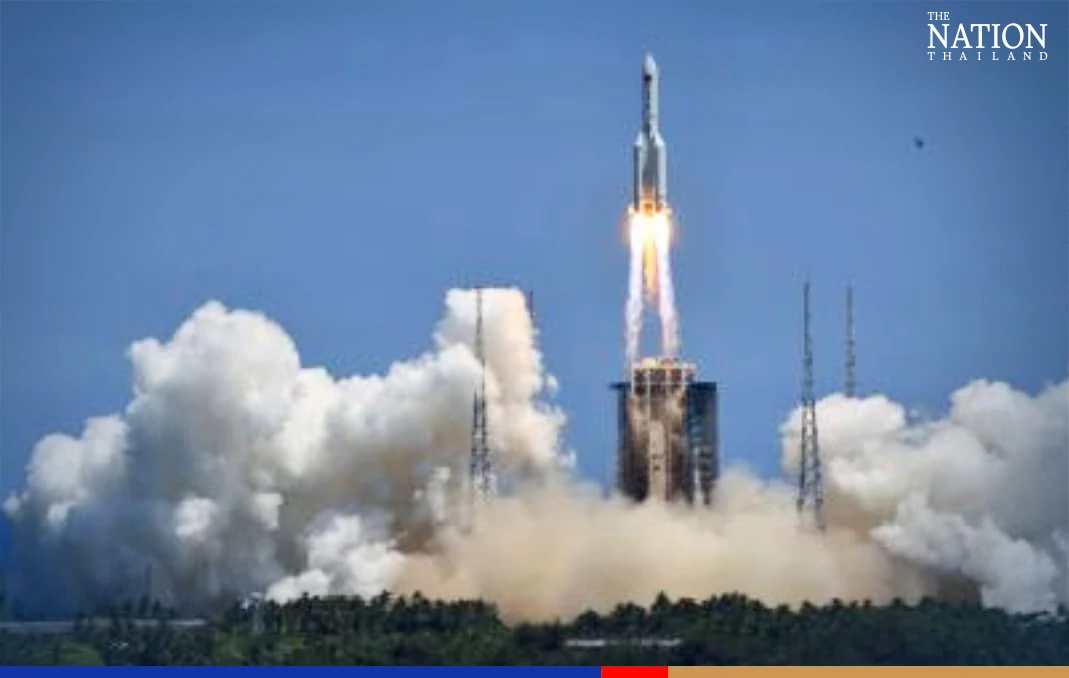August 1, 2022
BANGKOK – However , GISTDA said there was only a 1.2 per cent chance of the space debris crashing on Thailand.
The agency said it was closely monitoring the situation and would warn the Thai public if necessary.
According to data from GISTDA’s Space Technology Research Centre, the orbiting Long March 5B rocket passes over Thailand twice every day — from 2.01-2.03am and from 11.21-11.22am.
In its first round, the space debris transits over 12 provinces from the West to the Northeast, namely Ratchaburi, Nakhon Pathom, Ayutthaya, Saraburi, Lopburi, Nakhon Ratchasima, Chaiyaphum, Khon Kaen, Kalasin, Udon Thani, Sakon Nakhon and Nakhon Phanom.
In the second round, it orbits past 12 Thai provinces from the North to the lower Northeast, covering Mae Hong Son, Chiang Mai, Lamphun, Lampang, Sukhothai, Uttaradit, Phitsanulok, Phetchabun, Chaiyaphum, Nakhon Ratchasima, Buri Ram, and Surin.

The Long March 5B rocket, carrying China’s Tianhe space station core module, was launched from the southern Chinese province of Hainan in April 2021. The rocket booster that propelled the spacecraft into orbit is now “dead” and beyond the control of China’s space agency.
Experts expect the booster to make an uncontrolled re-entry into the Earth’s atmosphere on Sunday. They say the ocean is the most likely impact point but the possible debris field also includes Southeast Asia, Africa, Australia, Brazil, India, and the United States.
Published : July 30, 2022


